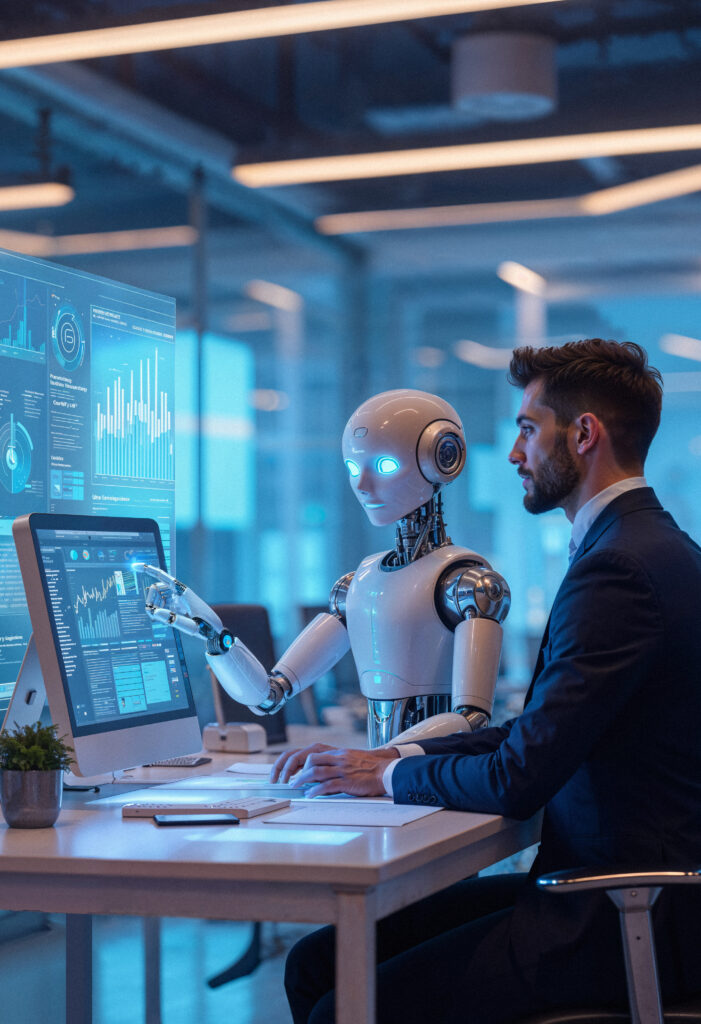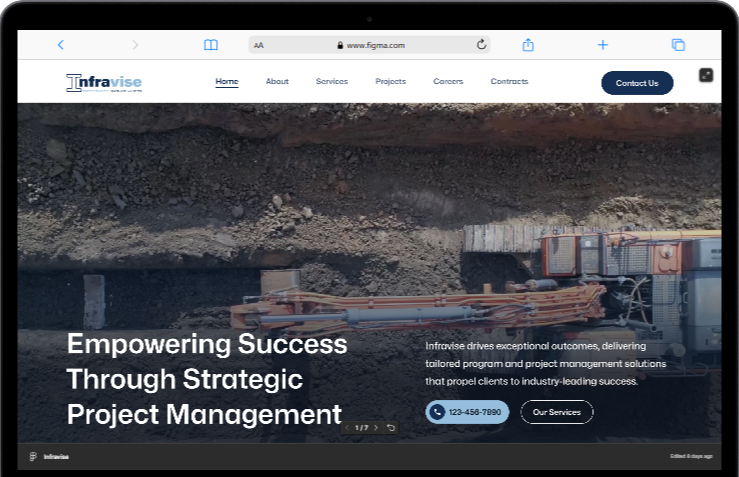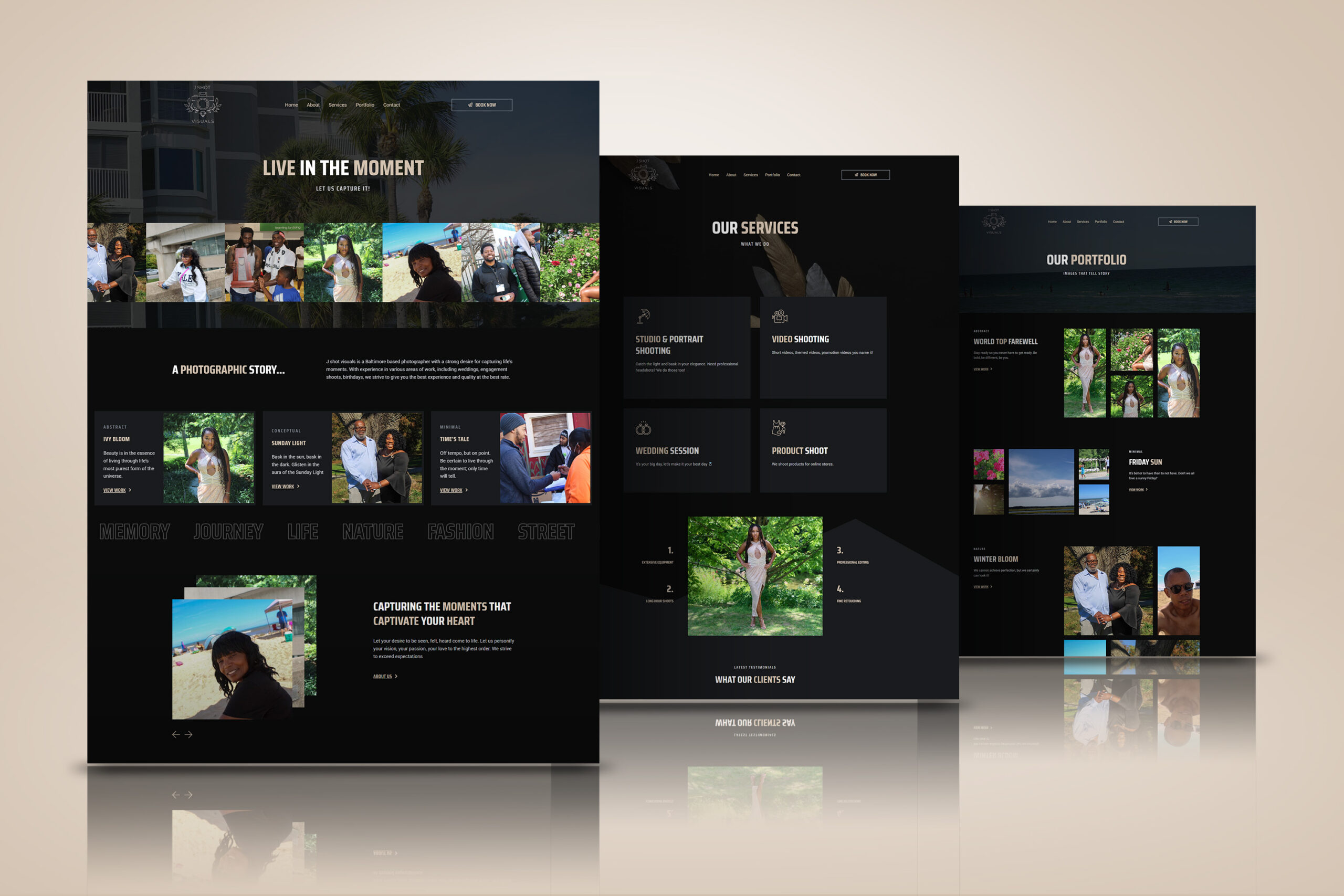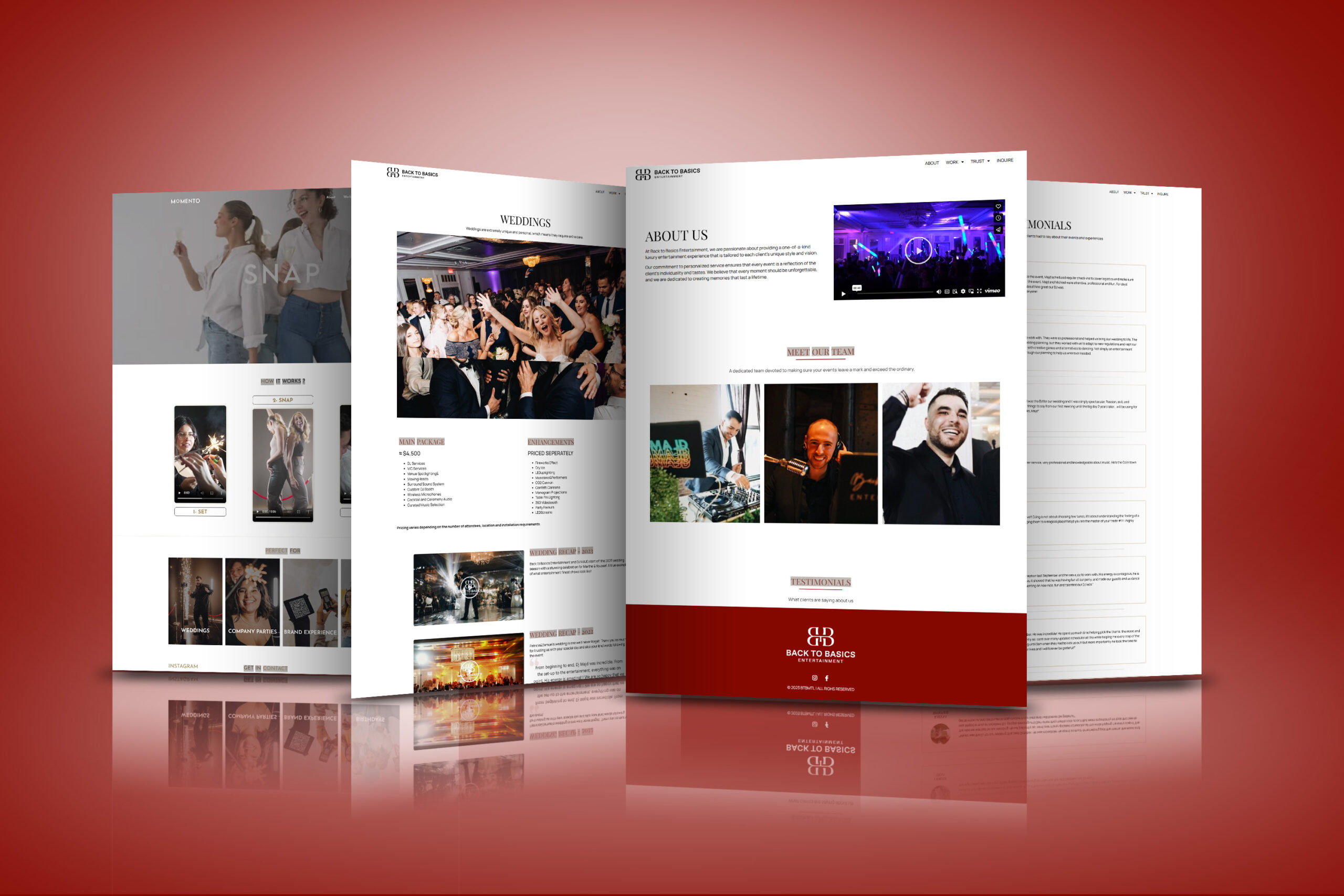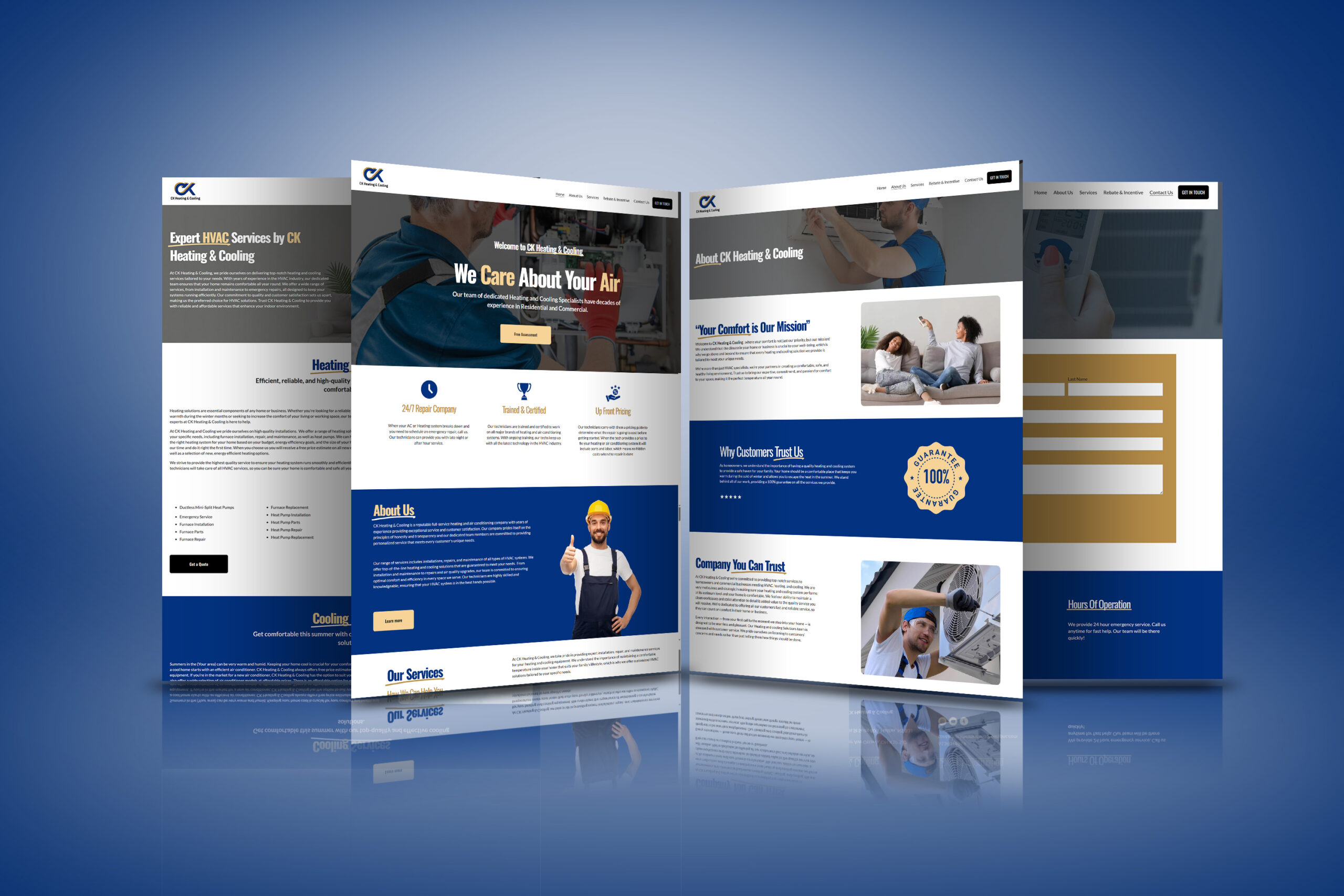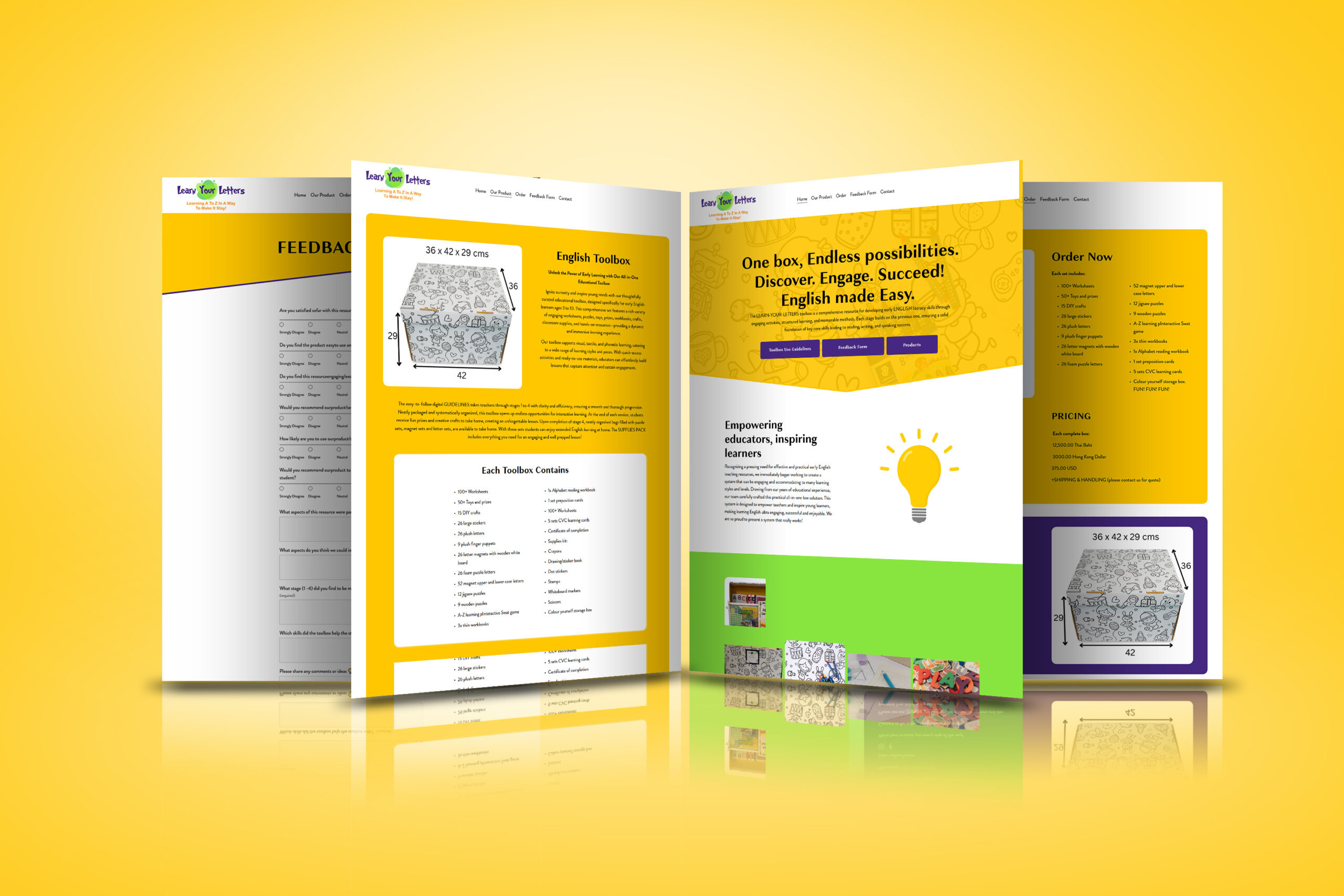Introduction
As the internet evolves, so do the systems we use to manage it. In 2025, we are witnessing the rise of a new paradigm: the Agentic Web—a concept where AI-powered autonomous agents are reshaping how content is created, personalized, and managed. For Content Management Systems (CMS), this means one thing: automation at scale.
In this article, we explore what the Agentic Web means for web developers, content creators, and digital agencies. We’ll dive into how AI agents are impacting CMS workflows, what tools are leading the charge, and how to prepare for this transformative shift.
1. What is the Agentic Web?
The Agentic Web refers to a new layer of the internet where intelligent AI agents—autonomous systems with goals and memory—interact on behalf of users and brands. These agents are not just tools; they can make decisions, learn from user input, and generate content with minimal supervision.
🔹 Key Characteristics:
- Autonomy: Operate independently without constant human guidance
- Goal-Oriented: Work toward objectives like boosting engagement or conversions
- Interactive: Communicate with APIs, users, and even other agents
- Adaptive: Learn and improve with each iteration
Think of an AI agent that can:
- Write and schedule blog posts in WordPress
- Monitor site analytics and adjust SEO tactics
- Personalize content based on visitor behavior
- Communicate with other agents to optimize ad spend
2. CMS Before AI Agents: The Manual Workflow
Before AI integration, CMS platforms like WordPress, Drupal, and Joomla followed a predictable structure:
- Manual content creation
- Manual updates for SEO, schema, and metadata
- Scheduled publishing via editors
- Separate workflows for analytics, UX testing, and A/B experimentation
While plugins and automation tools existed, they still required manual setup, monitoring, and content curation.
3. AI Agents in Action: How They’re Changing CMS Today
🔹 a) Content Creation & Scheduling
Agents like AutoGPT, AgentOps, and custom LangChain implementations can now:
- Generate blog posts based on topic trends
- Optimize for tone, style, and SEO
- Choose images, add metadata, and schedule publication
🔹 b) Real-Time Personalization
AI agents can adapt content in real-time:
- Change headlines based on visitor type
- Serve dynamic content sections per user intent
- Adjust layout or CTAs depending on browsing behavior
🔹 c) On-Page SEO and Schema Automation
Agents auto-embed:
- Structured data markup
- Internal and external links
- Focus keywords and readability optimization
🔹 d) Agent-to-Agent Communication
Imagine one agent monitoring Google Search Console, while another adjusts content in WordPress based on declining keyword performance—no human in the loop.
4. Top Agentic Tools Shaping CMS in 2025
| Tool | Purpose | CMS Compatibility |
|---|---|---|
| AutoGPT / GPT-Engineer | Long-term content workflows | WordPress, Headless CMS |
| LangChain | Custom decision-based agents | JAMstack, Headless CMS |
| SuperAGI | Multimodal agents for design + content | Webflow, WordPress |
| AgentOps | End-to-end agent orchestration | WordPress, Drupal |
| Flowise | Visual interface for AI logic | Any API-connected CMS |
5. Benefits for Content Managers and Developers
🚀 For Content Managers:
- Never miss a content schedule again
- Auto-adjust tone and formatting for different platforms
- Reduce editorial workloads
🧠 For Developers:
- Focus on functionality instead of repetitive data updates
- Use agents to monitor, debug, and patch CMS plugins
- Build smarter content pipelines using OpenAI, Pinecone, or Vector DBs
6. Risks and Challenges of the Agentic CMS Era
⚠️ Content Over-Automation
- Too much automation can result in generic, non-branded content.
⚠️ Security and Trust
- Agents require admin access to CMS systems—raising privacy and data risks.
⚠️ Loss of Editorial Control
- Without clear boundaries, agents may post incorrect or unverified content.
⚠️ Ethical AI Concerns
- Who is accountable for decisions made by autonomous agents?
7. Preparing Your CMS for the Agentic Web
✅ Audit Your Current Workflow
- Identify repetitive content or SEO tasks
- Map them to agent-supported tasks
✅ Use Headless CMS or Modular Plugins
- Tools like Contentful, Strapi, or Breakdance support AI integration better than rigid platforms
✅ Add Agent Layers Strategically
- Start with content generation → analytics → personalization → security monitoring
✅ Monitor Agent Behavior
- Use logs, performance metrics, and test environments to maintain control
8. Future Predictions: 2025 and Beyond
🔮 AI-native CMS Platforms will emerge, built from the ground up to support agent collaboration.
🔮 Open Agent Standards (similar to HTML or OAuth) will evolve for safety and interoperability.
🔮 Regulatory oversight may become mandatory for agent-deployed content (e.g., watermarking AI content).
🔮 Agent-UX Teams will be hired to supervise and train AI workflows like human interns.
Final Thoughts
The Agentic Web is not just the next evolution of content marketing—it’s the next evolution of the internet itself. CMS platforms that adopt autonomous AI agents will outperform those that stick to manual processes. But it’s not about replacing humans. It’s about freeing them up to focus on creative direction, strategy, and innovation.
Whether you’re managing a WordPress blog or an enterprise content platform, the time to experiment with AI agents is now.

